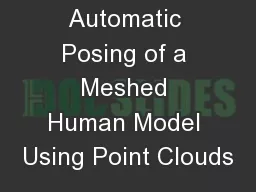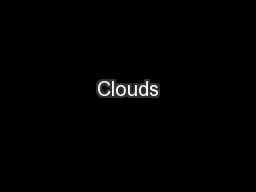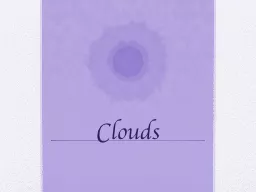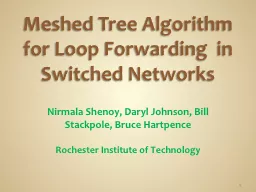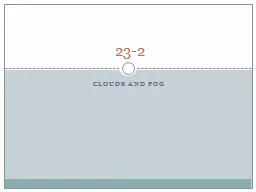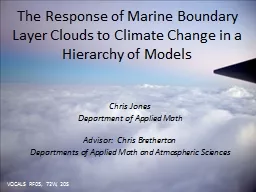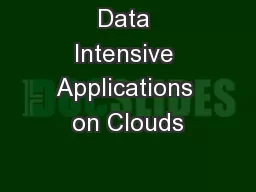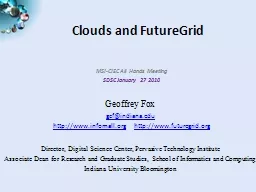PPT-Automatic Posing of a Meshed Human Model Using Point Clouds
Author : giovanna-bartolotta | Published Date : 2018-09-22
Lei Wang Joint work with Tamal K Dey Huamin Wang and Bo Fu Problem Statement Lowend scanning devices are becoming popular But quality of their output Reconstruct
Presentation Embed Code
Download Presentation
Download Presentation The PPT/PDF document "Automatic Posing of a Meshed Human Model..." is the property of its rightful owner. Permission is granted to download and print the materials on this website for personal, non-commercial use only, and to display it on your personal computer provided you do not modify the materials and that you retain all copyright notices contained in the materials. By downloading content from our website, you accept the terms of this agreement.
Automatic Posing of a Meshed Human Model Using Point Clouds: Transcript
Download Rules Of Document
"Automatic Posing of a Meshed Human Model Using Point Clouds"The content belongs to its owner. You may download and print it for personal use, without modification, and keep all copyright notices. By downloading, you agree to these terms.
Related Documents

